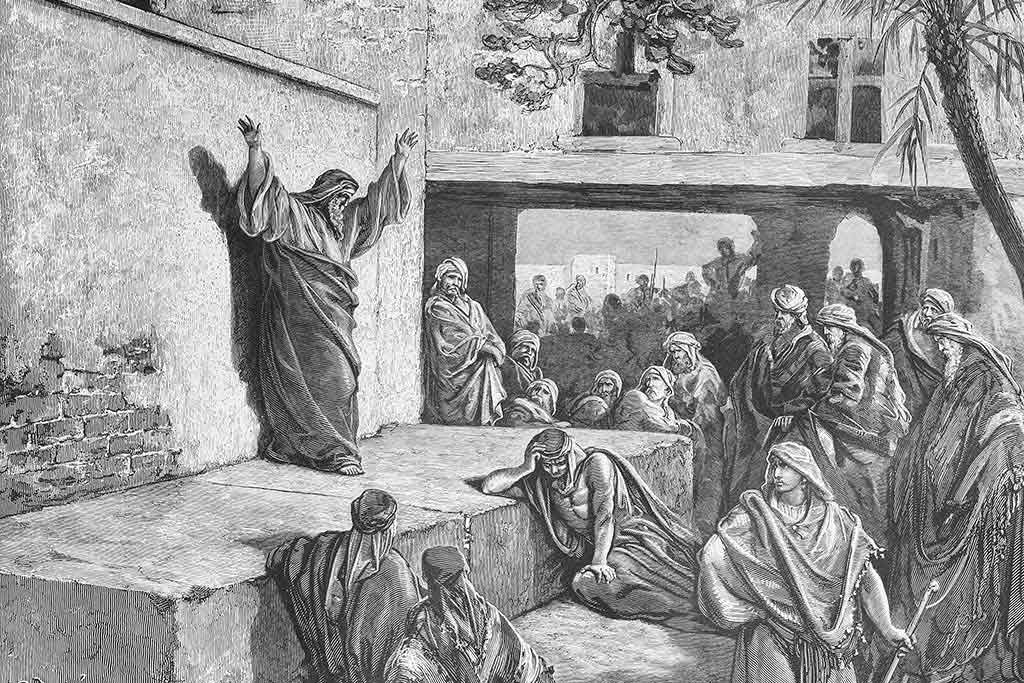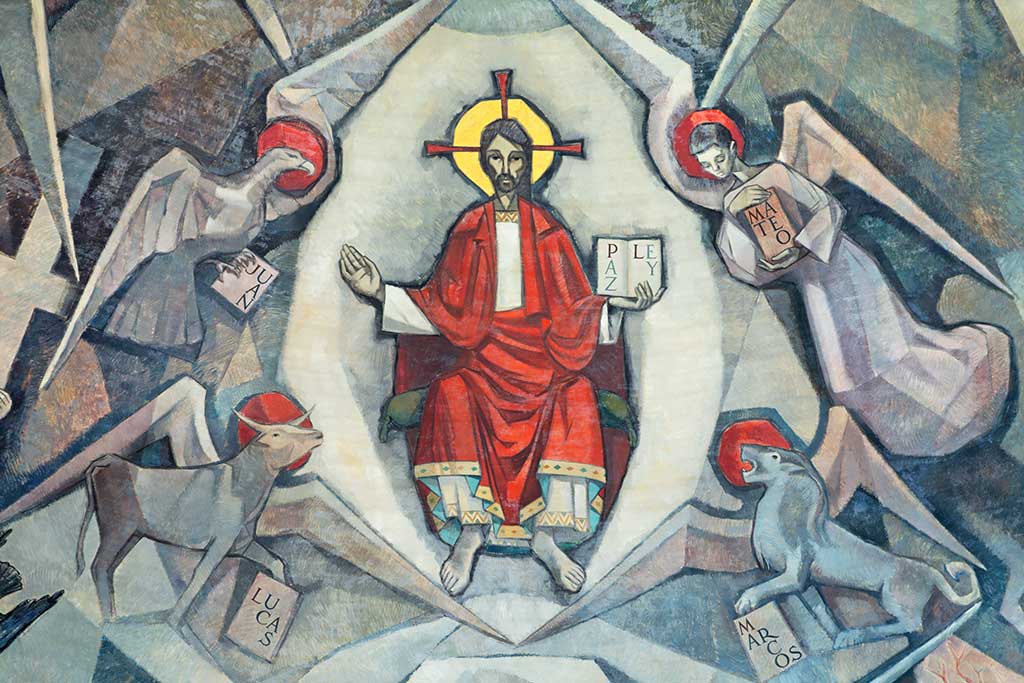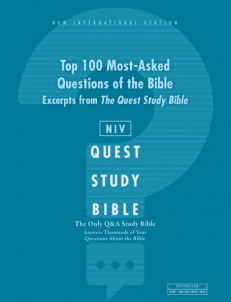
Understanding the Letters in the New Testament
Did you know that of the 27 books in the New Testament, 21 of them are letters written to communities of Jesus’ followers, and they were spread throughout the Roman Empire. Most of the letters, (also known as epistles), are attributed to Paul – Romans, 1 and 2 Corinthians, Galatians, Ephesians, Philippians, Colossians, 1 and 2 Thessalonians, 1 and 2 Timothy, Titus, and Philemon. The remaining letters are Hebrews, James, 1 and 2 Peter, 1, 2 and 3 John and Jude.
Letters can be thought of as a conversation you might have with a friend. And like a conversation with a friend, a lot of background information is assumed but not stated directly in the letters. As you read the New Testament letters, it’s helpful to keep in mind –
The Cultural Context
• The churches receiving the letters were under strict Roman rule. Because Roman society was hierarchical, Paul’s message might have sounded different to people of varied social status. Men who were Roman citizens had some ability to raise their social status, while women, enslaved people and the poor were considered inferior and had little hope of doing the same. Jesus’ message that God cares for everyone might threaten and convict those in high places but be liberating for those looked down upon in their societies.
• Jesus’ followers were viewed as radical because they threatened the dominant social order. Jesus’ love was for all, and his death and resurrection meant the creation of a new humanity—one without divisions based on race, gender or social class. As you read, look for these countercultural moments.
• In the beginning, the author often provides us with context about the letter. For example, it’s easy to read a letter like Romans as one long essay on theology, but Paul is actually addressing division between Jewish and non-Jewish followers in Rome. Some higher-status Christians were treating Jewish Christians with disrespect, but Paul wants the church to realize they’re all members of God’s family now. As you read, think about how the message might apply to the specific issues in the church receiving the letter.
While our context today looks different than these early church communities, we can see in these letters our own tendencies to create division and fail to love one another as beloved siblings in God’s family. But the gospel of Jesus Christ can transform our communities just like it did theirs.
How They Were Created and Communicated
Have you ever found yourself imagining the writers of the New Testament while reading them? If so, what were they like? Did you picture them alone or with others?
The authors of the New Testament were probably rarely alone. Paul was a missionary traveling throughout the Mediterranean, preaching the gospel and starting new churches. He had companions and cowriters who helped him craft his letters, probably drawing from speeches, prayers and poems, all pieced together and written down by a scribe.
Whoever delivered the finished letter to the church community would read it out loud like a speech. Since the community would have heard the letter read from beginning to end, it’s helpful for us to read it that way as well.
The Literary Context
Ancient letters have a specific format. They begin with an opening that gives the name of the author, followed by thanksgiving for the community receiving the letter. The body of the letter addresses particular issues in the church, and the conclusion includes additional greetings, travel plans, final requests and prayers.
Although most New Testament letters follow this format, they are sometimes adjusted to suit a purpose. For example, you might notice Galatians skips over thanksgiving as Paul jumps into a heated critique of the Galatians turning away from his teaching to a different gospel.
Also note that the big idea of the letter is usually stated right after the greeting. Each paragraph generally has its own main idea, and sections are joined together with transition phrases such as “therefore,” “so then,” and “because of this.” Keep the big idea in mind and watch for these transitions to see how the author builds the argument.
As you think about the situations the New Testament letter writers sought to address, consider how their words relate to us today.
Drawn from study features in the NIV, The Telos Bible.

The NIV Telos Bible
Created to meet the spiritual needs of high school and college students, the NIV Telos Bible is designed to be contextually relevant and to challenge young adults to take a meaningful look at the Bible. It encourages this diverse generation to know and follow Jesus while discovering what the Bible says about the subjects that are most important to them. Acting as a student’s guide through Scripture, this Bible includes tools like book introductions, reading plans, core questions and answers, and journaling prompts to equip young adults to make sense of the Bible.
See inside.







Good
I want you to pray for my marriage. Especially my wife. I believe she is possess by the devil and the love of money. Please pray for God’s divine intervention to save my marriage. To open her heart for love and respect towards me as a husband and for the sake of our children.
I could boldly address myself as novice because I needed more knowledge of the word of God. Situations keep pushing me from the plans of God. Need prayers, Beloved Brethren.
Please pray for my children to leave their wicked ways and follow GOD.
Please pray for my husband to receive the gift of God’s salvation. Amen.
Very supportive
Let us support one another in prayer so we can win the battles before us now, especially over our families and our children’s faith in Jesus.
Dear Brothers and Sisters,
When reading Paul’s letters, it’s important to know who he was talking too. The saints were the Jewish people following Christ, and the beloved followers, or brethren were gentiles. Most of the cities that Paul would visit were controlled by gentiles, but Jewish people lived there, because of the exile when Israel was invaded by hostile nations. All part of God’s judgement on a disobedient people.
For any brother and sister that needs better understanding of demons and evil spirits read about the sons of God in Genesis chapter 6, and read the hidden book of Enoch. Most believers of the word of God have no idea how humans are affected by these demons in our lives. Most churches do a poor job of addressing these serious issues.
I am interested in this. Thanks.
I need for God’s intervention in my marriage.
This is so nice. It’s making me to grow more in Christ and it’s really changing my life
 .
.
This is so nice. Please pray for me and my family.
Am going through some tough moments, but I know the one where nothing is impossible.
I wish I knew what website it was that joined a book from the bible, with a question about a situation, or thought, in the world today. Like, I was in this type of situation, what does the bible say?
Please pray with me for my marriage. I am at fault for the damages recently, but by the power of the Holy Spirit, I have repented and the Lord has made changes in me like never before. Things we’re moving forward and restoration is at work, but my wife is being drawn away by unbelievers in the family. The enemy is definitely at work against us. We need prayer from our fellow brothers and sisters in Christ.
I love this. Glory and honor belongs to the Living God.
Greetings in Jesus’ name. I am humbled to be sharing on this platform. I recommend a book titled “The Believer’s Authority” by Kenneth Hagin. Once you know your authority as a new born in Christ, you are able to overcome and conquer the devil/enemy. Be blessed.
Please pray for my family.
Thank you the good people of God. At least my love for his word is never in vain.
Pray for me and my family.
The idea of the Lord Jesus Christ as the second coming gives people support through salvation by the blood of the Lord Jesus Christ.
Very encouraging
Good decision to be in the knowledge of the word of God. This is inspirational to life.
How do I know that i am born again and God has approved me?
By confessing that you believe that Jesus is the Son of God who came to save us from our sins, you can be confident that you have eternal life. See 1 John 4:13-15
What is the title of the twenty one Epistles of the New Testaments?
The 21 epistles of the New Testament are Romans, 1 Corinthians, 2 Corinthians, Galatians, Ephesians, Philippians, Colossians, 1 Thessalonians, 2 Thessalonians, 1 Timothy, 2 Timothy, Titus, Philemon, Hebrews, James, 1 Peter, 2 Peter, 1 John, 2 John, 3 John, and Jude.